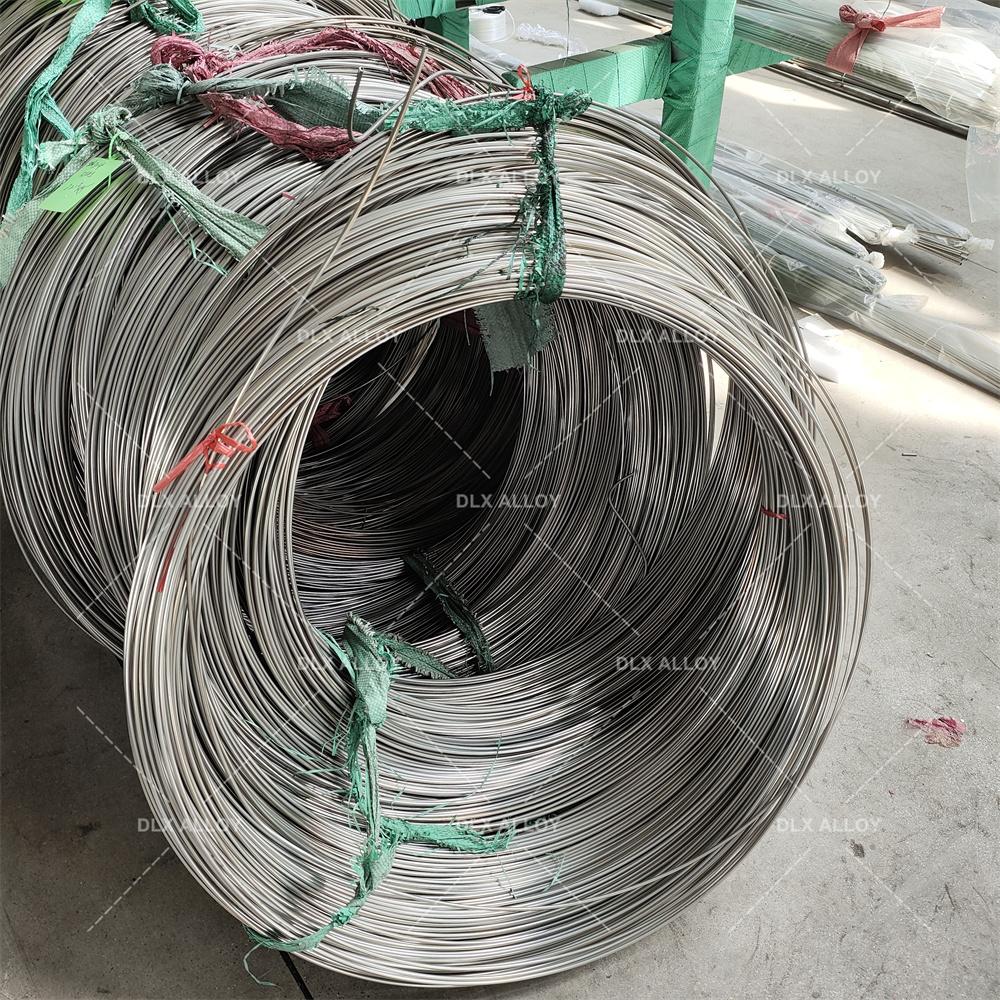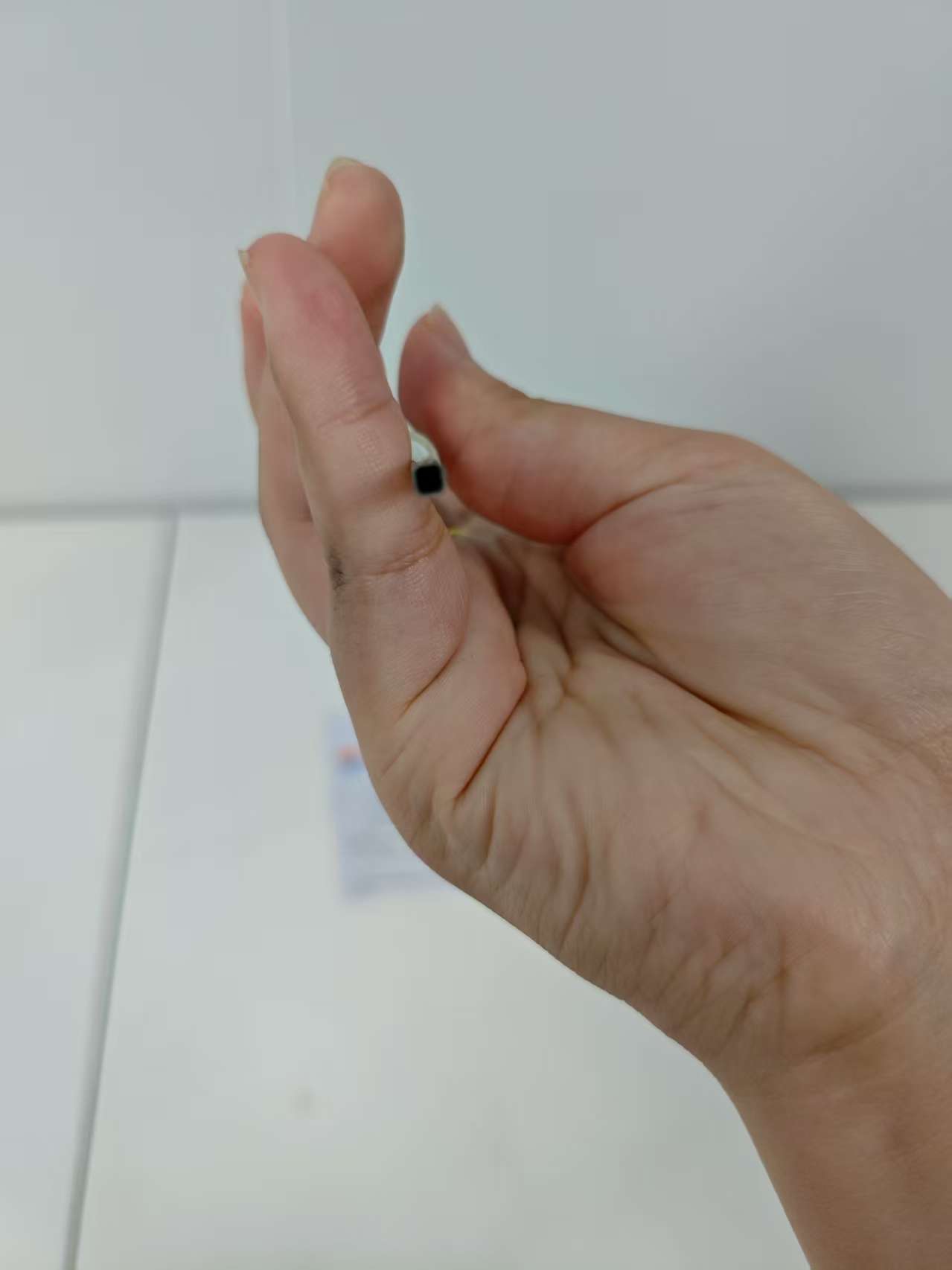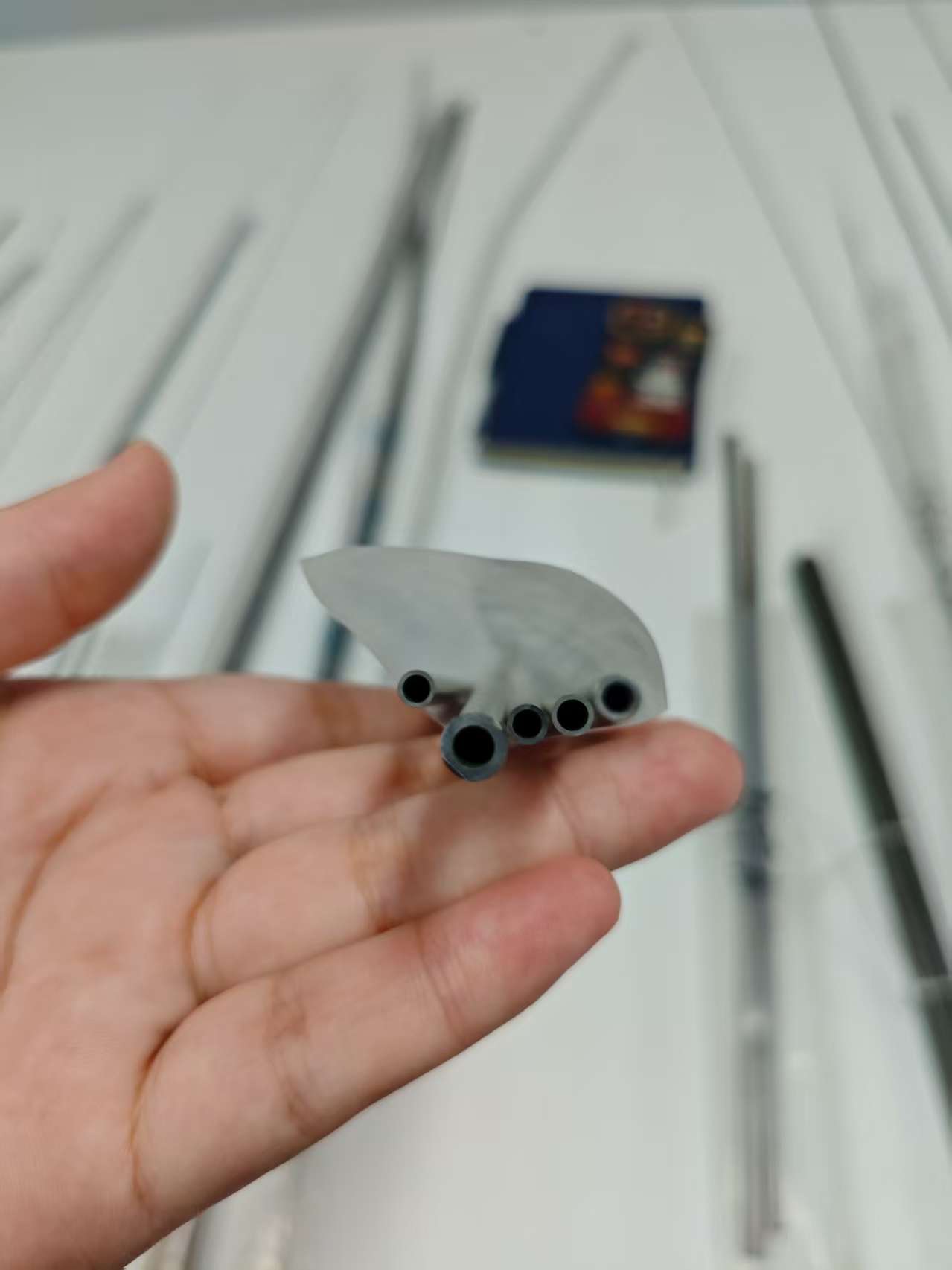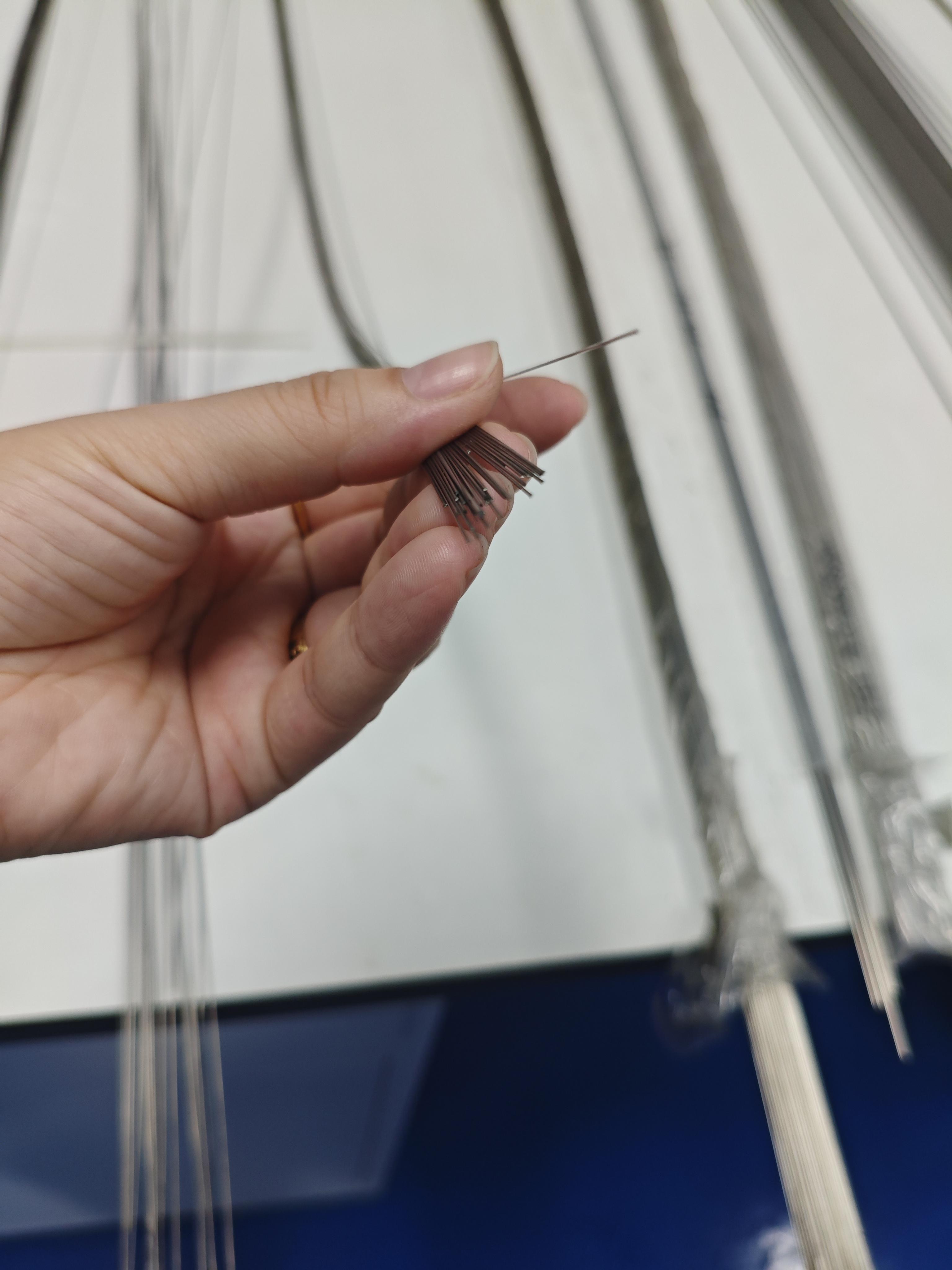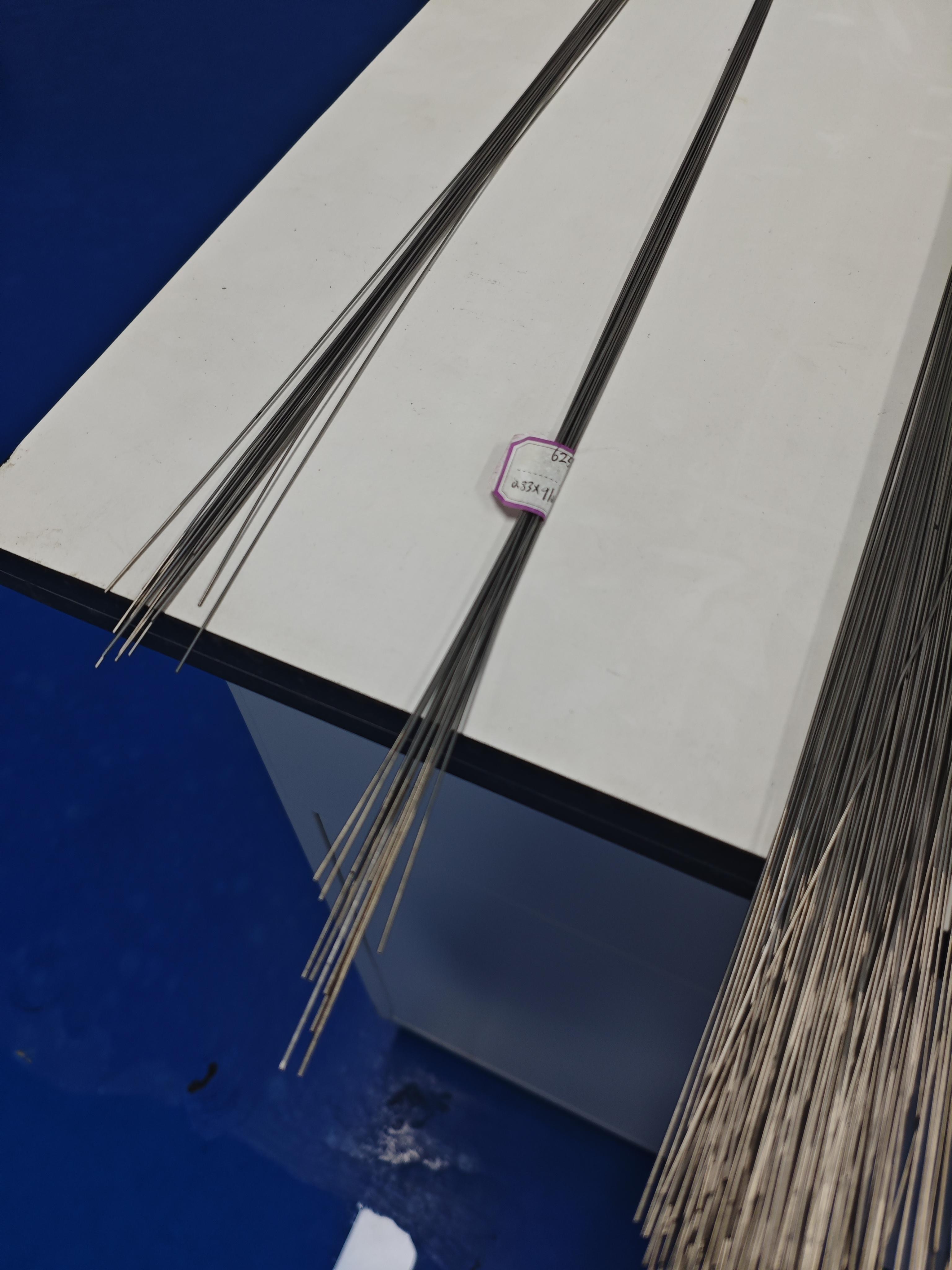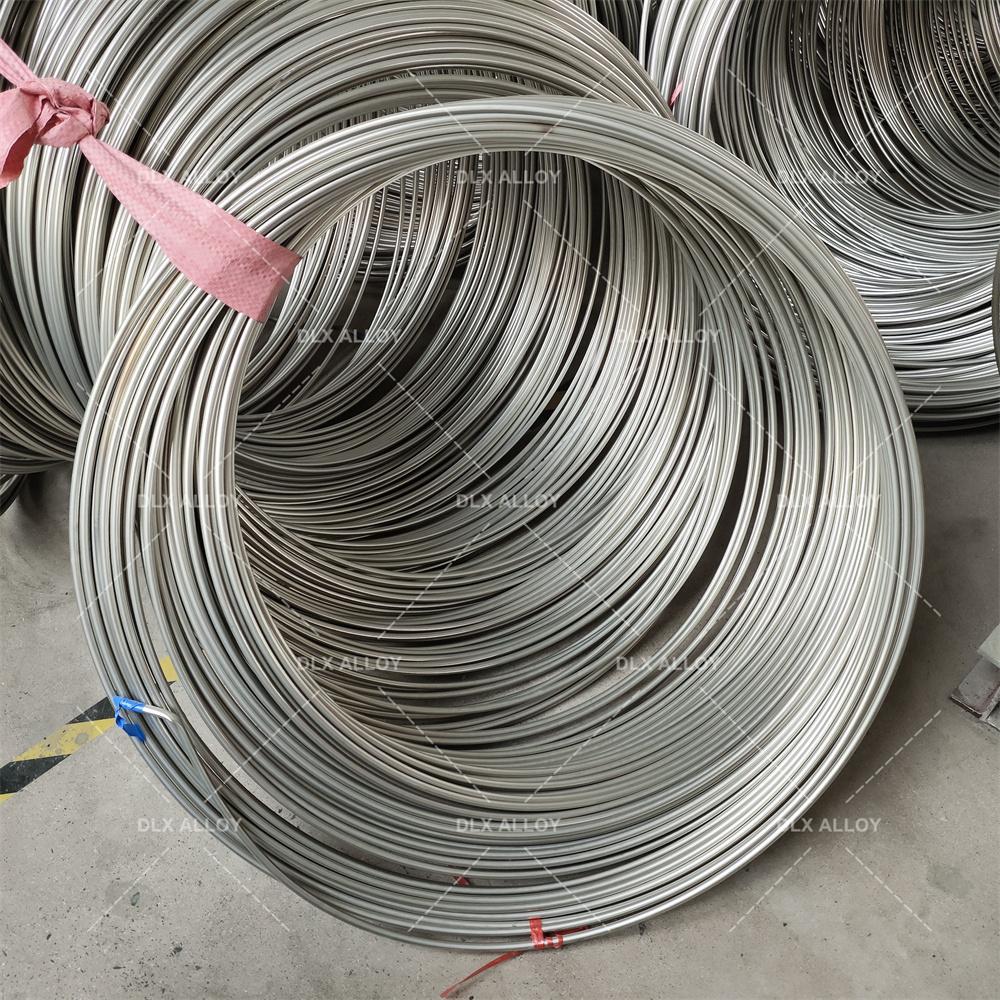
At our company, we take pride in producing seamless stainless steel coil tubing that’s built to last, whether it’s handling intense heat in exchangers or ensuring safety in medical implants. This isn’t just tubing—it’s a critical component driving efficiency in industries and saving lives in healthcare. Let’s dive into what makes our seamless stainless steel coil tubing the go-to choice for durability, exploring its materials, applications, industry trends, and why we stand out in the market.
For more details, pls directly contact us.
Our seamless stainless steel coil tubing starts with premium 304L and 316L alloys. The 304L grade, with its 18% chromium and 8% nickel, offers solid corrosion resistance and formability, perfect for less aggressive environments. Meanwhile, 316L steps it up with 2-3% molybdenum, making it a champ against pitting and crevice corrosion, especially in chloride-heavy settings like hospitals or chemical plants. Both have ultra-low carbon content (≤0.03%), which means they weld cleanly and resist cracking under stress. We manufacture these tubes using a seamless process—extruding from a single billet to eliminate weak points—ensuring unmatched strength and reliability. With outer diameters as small as 0.3mm and wall thicknesses down to 0.1mm, our tubing is versatile enough for precision applications, meeting standards like ASTM A213 and ISO 10993 for biocompatibility.
Grade | Composition | Key Properties | Corrosion Resistance | Biocompatibility | Applications | Advantages | Limitations |
|---|---|---|---|---|---|---|---|
316L | Fe (60-70%), Cr (16-18%), Ni (10-14%), Mo (2-3%), C (<0.03%) | Tensile: 485-620 MPa, Yield: 170-290 MPa, Elongation: 40-50%, Hardness: 95 HRB | Excellent (passive oxide layer, resists pitting) | High, minimal ion release, rare Ni sensitivity | Bone plates, screws, stents, hip stems, dental implants | Cost-effective, machinable, fatigue-resistant | Possible Ni sensitivity, heavier than Ti |
304L | Fe (65-74%), Cr (18-20%), Ni (8-10.5%), C (<0.03%) | Tensile: 485-550 MPa, Yield: 170-240 MPa, Elongation: 40-55%, Hardness: 92 HRB | Good, less resistant to pitting than 316L | Moderate, higher Ni release risk | Temporary implants, surgical tools, guidewires | Affordable, easy to form, widely available | Limited for long-term implants due to corrosion |
17-4 PH | Fe (70-78%), Cr (15-17.5%), Ni (3-5%), Cu (3-5%), C (<0.07%) | Tensile: 930-1100 MPa, Yield: 725-860 MPa, Hardness: 30-44 HRC | Very good, but less than 316L in saline | Good, but less biocompatible than 316L | Load-bearing implants, surgical instruments | High strength, heat-treatable, durable | Complex processing, less corrosion-resistant |
420 | Fe (80-90%), Cr (12-14%), C (0.15-0.4%) | Tensile: 700-950 MPa, Yield: 340-450 MPa, Hardness: 45-50 HRC | Moderate, prone to pitting in body fluids | Moderate, not ideal for long-term implants | Cutting tools, temporary pins, dental drills | High hardness, wear-resistant, sharpenable | Poor corrosion resistance for permanent use |
440C | Fe (78-85%), Cr (16-18%), C (0.95-1.2%) | Tensile: 760-1000 MPa, Yield: 450-600 MPa, Hardness: 56-60 HRC | Moderate, better than 420 but less than 316L | Limited, high carbon affects biocompatibility | Surgical blades, high-wear tools | Extremely hard, excellent edge retention | Not suitable for long-term implants |
F138 (316LVM) | Fe (60-70%), Cr (17-19%), Ni (13-15%), Mo (2.25-3.5%), C (<0.03%) | Tensile: 490-690 MPa, Yield: 190-300 MPa, Elongation: 40-50%, Hardness: 95 HRB | Superior, optimized for medical use | Excellent, lowest ion release, vacuum-melted | Orthopedic implants, cardiovascular stents | Enhanced purity, top biocompatibility | Higher cost than standard 316L |
303 | Fe (65-75%), Cr (17-19%), Ni (8-10%), S (0.15-0.35%) | Tensile: 500-620 MPa, Yield: 240-290 MPa, Elongation: 35-50%, Hardness: 90 HRB | Moderate, sulfur reduces corrosion resistance | Moderate, not ideal for permanent implants | Machined components, non-implant devices | Excellent machinability, cost-effective | Not suitable for long-term implants |
Nitronic 60 | Fe (60-70%), Cr (16-18%), Ni (8-9%), Mn (7-9%), N (0.08-0.18%) | Tensile: 620-793 MPa, Yield: 345-414 MPa, Hardness: 95-100 HRB | Very good, resists galling and wear | Good, but less studied for implants | Wear-resistant implants, joint components | High wear resistance, galling resistance | Limited medical use, higher cost |
For more details, pls directly contact us
When it comes to applications, our seamless stainless steel coil tubing shines in two big areas: heat exchangers and medical implants. In heat exchangers, the tubing’s seamless design handles high-pressure fluids and extreme temperatures without leaking or deforming. You’ll find it in HVAC systems, chemical processing plants, and power generation, where tight coils maximize surface area for efficient thermal transfer. Its smooth, electropolished interior reduces fouling, meaning less maintenance and better energy efficiency. In medical implants, like cardiovascular stents or orthopedic pins, the tubing’s biocompatibility is critical. It resists corrosion from bodily fluids, ensuring long-term performance without triggering immune responses. The coiled structure also makes it ideal for minimally invasive tools, like guidewires or catheters, where flexibility and strength are non-negotiable. We’ve seen our tubing used in everything from dialysis machines to aerospace heat exchangers, proving its versatility across demanding sectors.
The industry landscape is evolving fast, and our seamless stainless steel coil tubing is keeping pace. The global heat exchanger market is projected to hit $25 billion by 2030, growing at a CAGR of 5.5%, fueled by demand for energy-efficient systems in renewable energy and industrial cooling. In healthcare, the medical implant market is booming—expected to grow at 7% annually—driven by aging populations and advances in minimally invasive surgeries. Sustainability is a major trend; our 100% recyclable stainless steel aligns with green initiatives, as industries push for lower carbon footprints. Regulatory bodies like the FDA and EU MDR are tightening standards on material purity and traceability, which our tubing already exceeds. We’re also seeing innovation in smart systems—think heat exchangers with IoT sensors for real-time performance monitoring, where our tubing’s durability supports seamless integration. Supply chain challenges, like nickel price spikes, are a concern, but we’ve secured robust sourcing to keep production steady.
What sets our company apart in this competitive space? It’s our relentless focus on quality and customization. We don’t just churn out tubing; we engineer solutions tailored to your needs. Our in-house R&D team fine-tunes alloy compositions to optimize performance for specific applications, like high-pressure heat exchangers or delicate implants. We offer custom coil configurations—think variable pitches or micro-diameters—with tolerances tighter than industry norms, reducing failure risks. Our quality control is top-notch, using eddy current testing and laser micrometers to ensure every inch is flawless. Unlike some in the market, we prioritize speed without cutting corners, with automated production lines delivering fast turnarounds. This means you get reliable tubing when you need it, keeping your projects on track. Our commitment to sustainability, like using renewable energy in manufacturing, also resonates with eco-conscious clients.
Comparison Parameters Table for High-Purity vs Standard Stainless Steel Coiled Tubes
| Parameter | High-Purity Stainless Steel Coiled Tubes | Standard Stainless Steel Coiled Tubes |
|---|---|---|
| Purity Level | Ultra-high (impurities <0.01%), low carbon (≤0.03%) | Moderate (impurities 0.1-0.5%), higher carbon (≤0.08%) |
| Corrosion Resistance | Excellent; resists pitting in chlorides and acids due to molybdenum and electropolishing | Good; more prone to corrosion in aggressive environments |
| Biocompatibility | Superior; meets USP Class VI, minimal leachables | Adequate; may require additional coatings for medical use |
| Strength (Tensile) | 515-620 MPa; maintains integrity under flexing | 515 MPa; can weaken with impurities over time |
| Temperature Resistance | Up to 925°C; stable in sterilization processes | Up to 870°C; potential degradation in repeated high-heat cycles |
| Cost | Higher due to refined processing and purity | Lower; suitable for non-critical applications |
| Formability | Excellent; tight coiling without cracking, seamless welding | Good; may have inclusions affecting bendability |
| Applications in Medical Use | Implants, catheters, endoscopes in sensitive procedures | General tubing, non-implantable tools |
| Surface Finish | Electropolished for smoothness and reduced bacterial adhesion | Annealed or pickled; rougher surface |
| Durability | High; withstands repeated use and sterilization with minimal wear | Moderate; higher risk of contamination or failure in long-term use |
Diving deeper into applications, our seamless stainless steel coil tubing is a game-changer in heat exchangers. In chemical plants, it withstands corrosive fluids like sulfuric acid, extending system lifespans. In HVAC, its compact coils fit tight spaces, boosting efficiency in cooling towers or refrigeration units. For medical implants, the tubing’s seamless construction eliminates weak points, critical for devices like spinal cages that endure constant stress. Its electropolished finish minimizes bacterial adhesion, making it ideal for surgical tools used in sterile environments. We’ve optimized it for high-cycle fatigue resistance, perfect for dynamic applications like heart valves. Beyond healthcare and industrial uses, our tubing supports aerospace cooling systems and even food processing, where hygiene is paramount.
Industry trends point to exciting developments. The push for net-zero emissions is driving demand for heat exchangers in renewable energy, like geothermal or solar thermal systems, where our tubing’s thermal stability excels. In healthcare, personalized implants are gaining traction—our ability to produce bespoke tubing supports custom designs for patient-specific needs. Smart technology integration, like embedding sensors in tubing for predictive maintenance, is another frontier we’re exploring. Economic pressures, such as raw material cost volatility, are real, but our efficient processes keep pricing competitive. Post-COVID, supply chain resilience is critical, and our global network ensures consistent delivery.
Our company’s edge lies in our holistic approach. We don’t just sell tubing; we partner with clients, offering design consultations and regulatory support to streamline approvals. Our testing protocols simulate real-world conditions—like thermal cycling or saline exposure—ensuring performance under stress. Compared to typical market offerings, our tubing has lower impurity levels, enhancing durability and biocompatibility. We also provide value-added services, like custom coatings for added lubricity or corrosion resistance, which many competitors skip. This focus on innovation and support builds trust, making us the preferred choice for mission-critical applications.
Product-wise, our 304L seamless stainless steel coil tubing is cost-effective for standard heat exchangers and short-term implants, offering excellent formability. The 316L variant, with its molybdenum boost, is the go-to for harsh environments or long-term implants, resisting pitting in saline conditions. Both feature seamless construction for uniform strength and are available in custom lengths or pre-fitted ends for easy integration.
For more details, pls directly contact us.
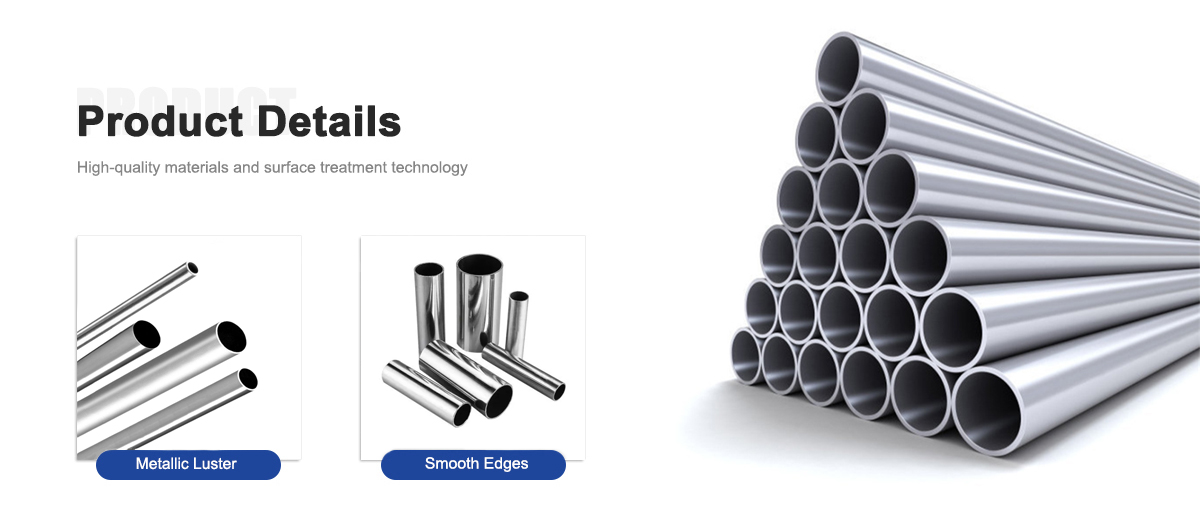

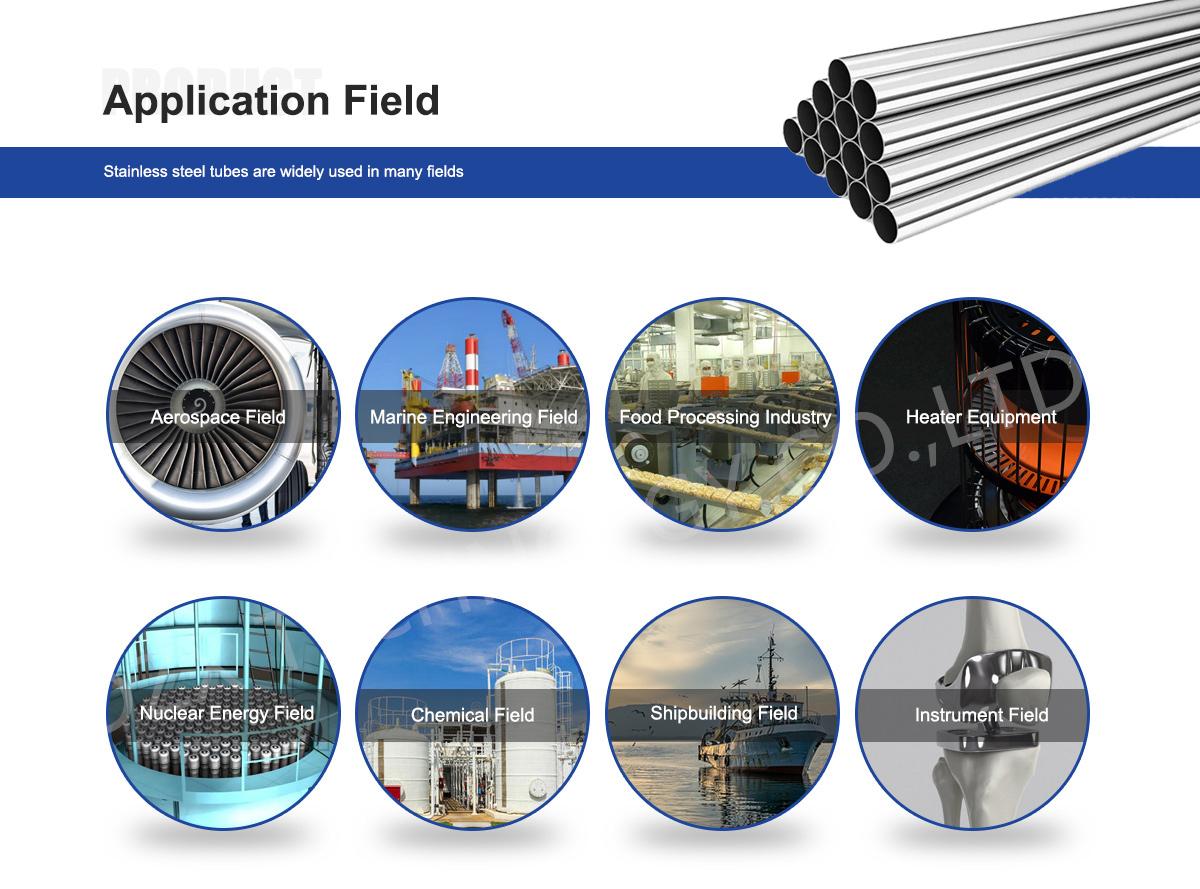
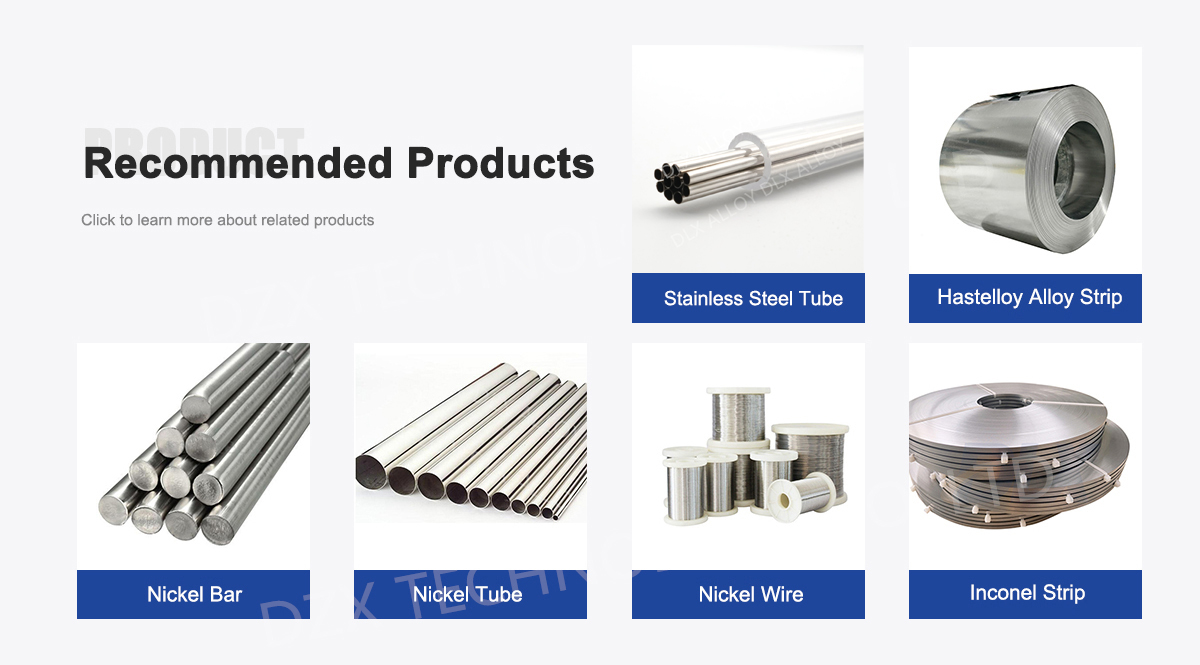
About Us:
Our 12,000㎡ factory is equipped with complete capabilities for research, production, testing, and packaging. We strictly adhere to ISO 9001 standards in our production processes, with an annual output of 1,200 tons. This ensures that we meet both quantity and quality demands. Furthermore, all products undergo rigorous simulated environment testing including high temperature, high pressure, and corrosion tests before being dispatched, ensuring they meet customer specifications.
For all our clients, we offer timely and multilingual after-sales support and technical consulting, helping you resolve any issues swiftly and efficiently.

Client Visits
Building Stronger Partnerships

We support all kinds of testing:


FAQs:
What materials are used in high-purity stainless steel coiled tubes?
High-purity stainless steel coiled tubes are primarily made from austenitic grades like 316L or 304L, with ultra-low carbon content (≤0.03%), high chromium (16-18%), nickel (10-14%), and molybdenum (2-3%) for superior purity and corrosion resistance.
What are the key applications of high-purity stainless steel coiled tubes in medical use?
They are used in catheters, endoscopes, IV delivery systems, surgical instruments, and implantable devices due to their biocompatibility, flexibility, and ability to maintain sterility.
How do high-purity stainless steel coiled tubes ensure biocompatibility?
They meet ISO 10993 and USP Class VI standards, with electropolished surfaces that minimize leachables, reduce bacterial adhesion, and prevent allergic reactions in contact with human tissues.
What industry trends are influencing high-purity stainless steel coiled tubes?
Trends include growing demand for minimally invasive surgeries, advancements in personalized medicine, adoption of sustainable manufacturing, and integration with smart medical devices for real-time monitoring.
What maintenance is needed for high-purity stainless steel coiled tubes in medical settings?
Regular sterilization via autoclaving or ethylene oxide, cleaning with biocompatible solvents, and visual inspections for surface integrity to ensure long-term performance and hygiene.
How do environmental factors impact high-purity stainless steel coiled tubes?
They resist harsh conditions like saline exposure, high humidity, and chemical disinfectants, with high-purity alloys preventing pitting in chloride-rich hospital environments.
What advantages do high-purity stainless steel coiled tubes offer over standard ones?
Superior purity reduces impurities, enhances corrosion resistance, improves weldability, and ensures better biocompatibility, leading to safer and more reliable medical applications.
What future trends might affect high-purity stainless steel coiled tubes in the medical industry?
Emerging trends involve nanotechnology for antimicrobial coatings, increased use in telemedicine tools, and eco-friendly production methods to align with global sustainability goals.

